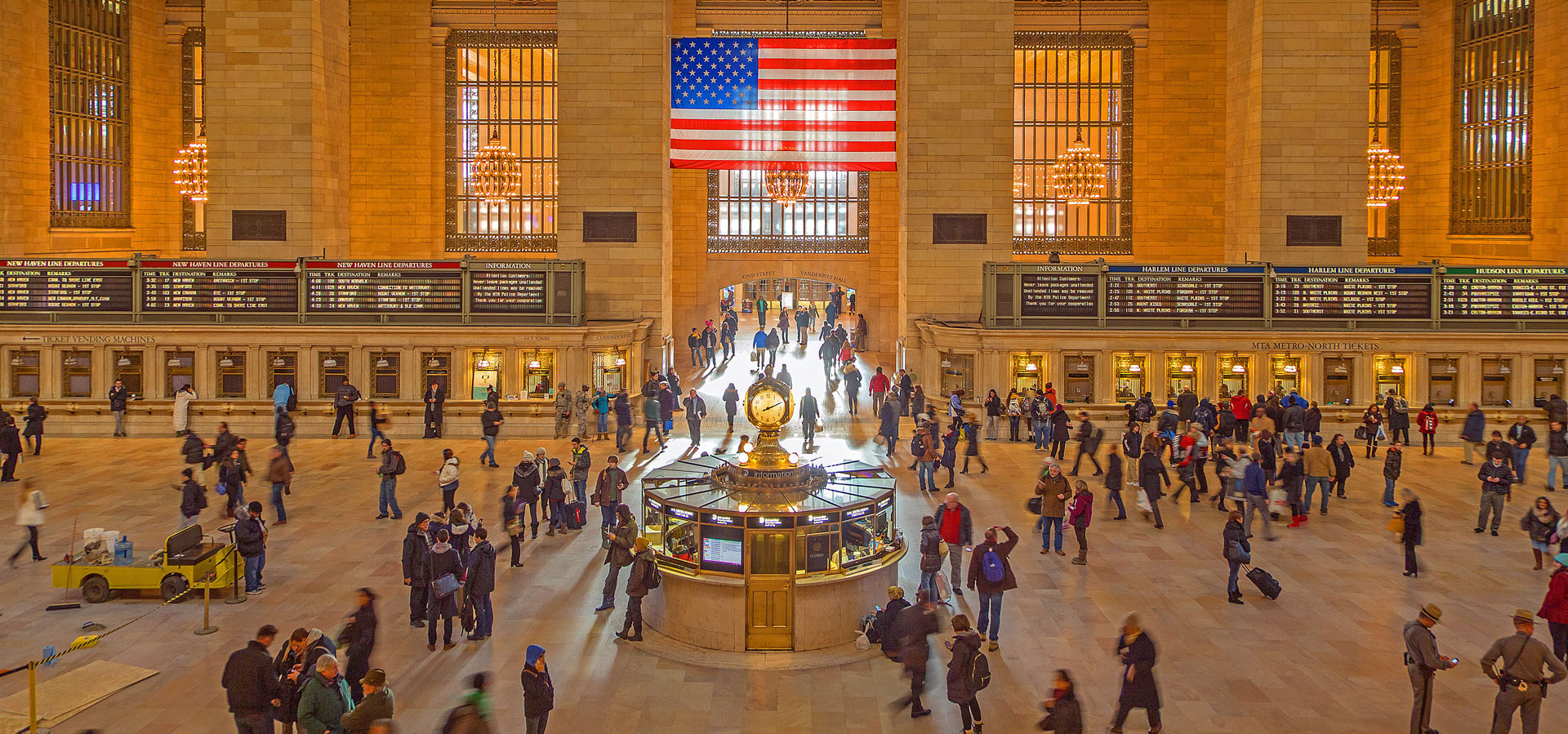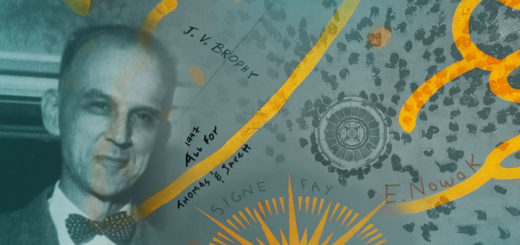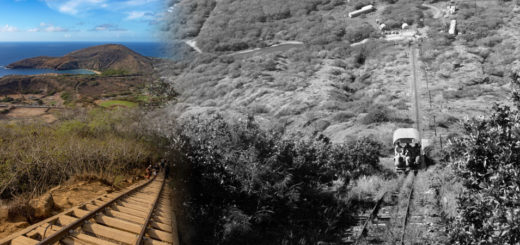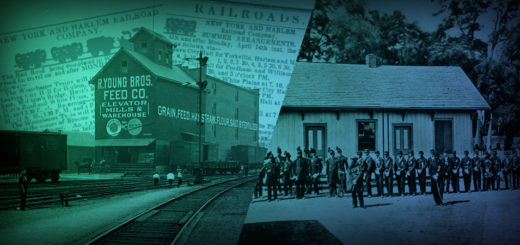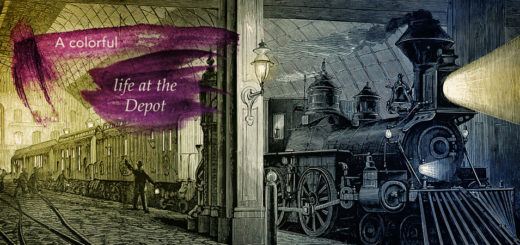Riding the Harlem Division Football Special (to see the worst team ever)
As the Vietnam War raged and John Lennon ruffled feathers declaring the Beatles “more popular than Jesus,” the Giants were losing, bigly. 1966 may have been the year that Star Trek hit the airwaves...

